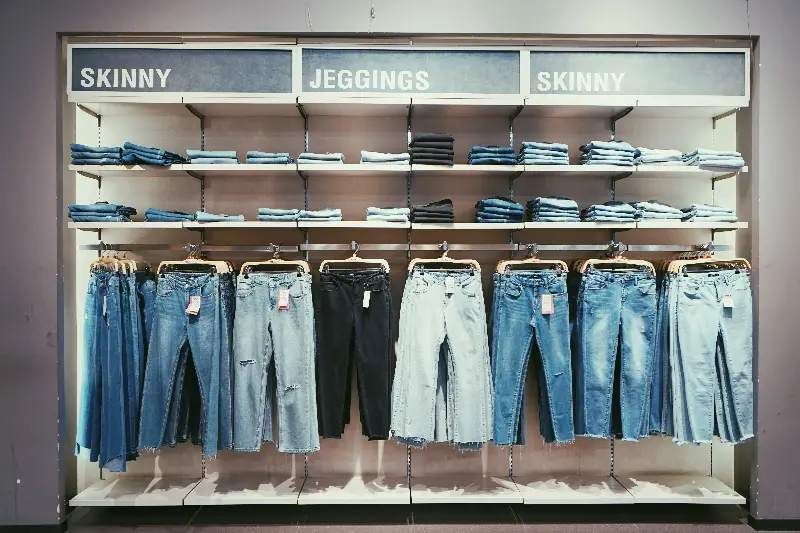Jeans are such an everyday item that it's easy to forget the story behind them is anything but ordinary. From their birth as rugged work pants in the 19th century to their rise as a global fashion statement and a symbol of rebellion, self-expression, and even luxury, the journey of jeans is a fascinating reflection of society itself. Let's unravel the threads of their evolution and discover why this simple fabric has left such an incredible mark on the world.

Humble Beginnings: The Creation Of Denim Dyed Blue
It all starts in the mid-1800s, with the bustling streets of Genoa, Italy, and Nîmes, France. The word "jeans" is thought to come from "Genes," the French word for Genoa, where sailors wore sturdy cotton trousers. Meanwhile, we owe "denim" to "serge de Nîmes," a particularly tough twill fabric from Nîmes. The indigo dye? That unique shade of blue was used because it was cheap and durable, masking dirt for laborers who couldn't change clothes regularly.
But the leap from European workshops to worldwide fame happened thanks to a Bavarian immigrant named Levi Strauss. In 1873, Strauss and tailor Jacob Davis patented riveted trousers in San Francisco to answer the needs of gold rush miners who kept tearing their pants. Those copper rivets on the pockets? Practical magic. Soon, denim overalls—what we now call "jeans"—became the uniform of American workers.
Icons Of Labor: The Utility Years
For decades, if you owned jeans, there was a good chance you were building America—in fields, on railroads, in factories. Cowboys, farmers, lumberjacks, and mechanics all turned to jeans for their toughness and comfort. Each profession made its mark: the five-pocket design, contrast stitching, and even belt loops were added by necessity.
During World War II, jeans gained a new level of practicality. The U.S. government classified jeans as “essential” for the war effort, and off-duty soldiers wore them proudly. Women, stepping into the workforce on home soil, adopted jeans for both utility and a touch of quiet rebellion. "Rosie the Riveter" might be best known for her overalls, but blue jeans soon became a staple in women’s wardrobes as well.

The Birth Of A Cultural Phenomenon
The 1950s set a fire under jeans that would burn for decades. Hollywood rebels like Marlon Brando in "The Wild One" and James Dean in "Rebel Without a Cause" wore jeans as badges of non-conformity. Suddenly, they were more than just workwear—they were the mark of youth and dissent.
This newfound symbolism wasn’t universally welcomed. Many schools and public places banned jeans, seeing them as a threat to discipline. Naturally, this only made them more enticing. Teenagers and young adults clung to their denim, and jeans became the uniform of cool from the United States to Europe and beyond.
Trendsetter To Mainstream: The Age Of Denim Diversity
Through the 1960s and 70s, jeans rode the waves of counterculture. Hippies decorated them with embroidery, patches, and paint, making each pair an artistic expression. In the disco era, bell-bottoms took over, while punk and rock movements slashed, distressed, and studded their jeans to create new rebel styles.
By the 1980s, designers recognized the potential of denim as a fashion canvas. Brands like Calvin Klein, Yves Saint Laurent, and Versace began cutting, fading, and embellishing jeans for the runway. The fit evolved too, with skinny, tapered, high-waisted, and acid-washed styles dominating different years and scenes. For the first time, luxury denim arrived—some pairs priced like fine jewelry and worn by supermodels and rock stars alike.
One of the most interesting facts? Jeans may have been meant for rugged life, but by the 1990s, they symbolized both grunge nonchalance and prep-school popularity, adaptable to all walks of life.
